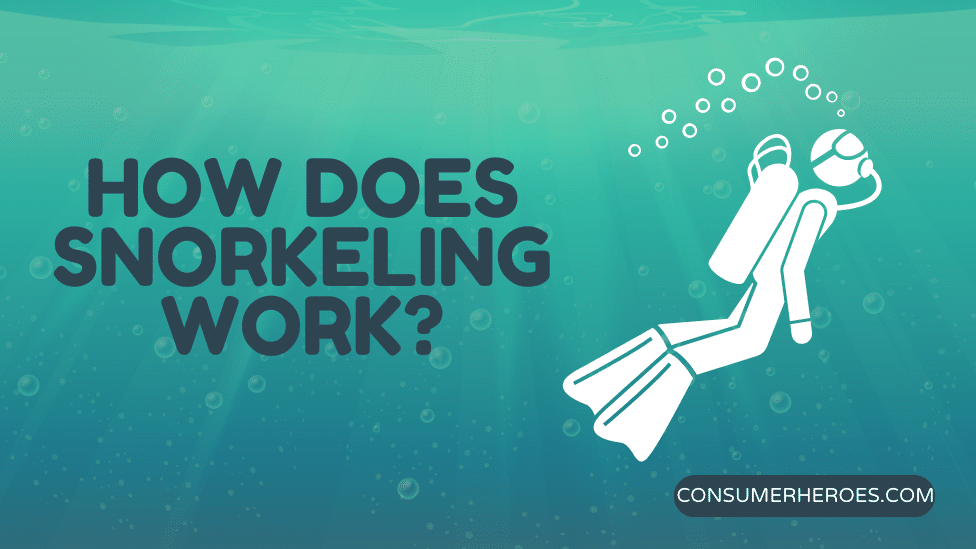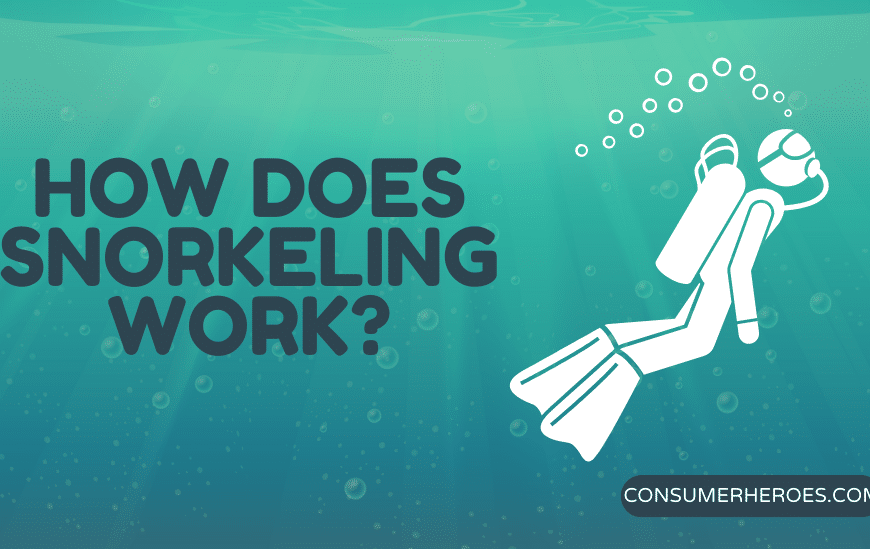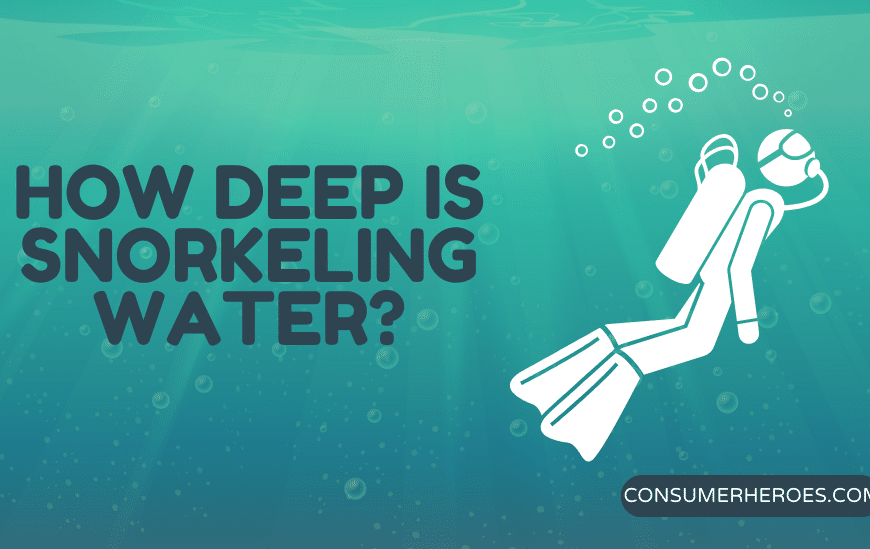When it comes to snorkeling, many people wonder what to wear to ensure a comfortable and safe experience. The right gear can make all the difference, from the type of wetsuit to the fins on your feet. Knowing what to wear can help you stay comfortable and protected while exploring the underwater world.
One of the most important pieces of gear for snorkeling is the wetsuit. A wetsuit will keep you warm in cooler waters and protect your skin from the sun’s harmful rays. The thickness of the wetsuit you need will depend on the water temperature, so it’s important to research the conditions of your snorkeling destination before choosing a wetsuit.
In addition to a wetsuit, you’ll want to consider the type of fins you wear. Fins help propel you through the water and can make snorkeling easier and more enjoyable. There are different types of fins available, from full-foot fins to open-heel fins, so it’s important to choose a pair that fits well and feels comfortable.
Understanding Snorkeling Gear
Mask
A snorkeling mask is one of the most important pieces of equipment for any snorkeler. It allows you to see clearly underwater and protects your eyes from saltwater and debris. When choosing a mask, it’s important to make sure it fits properly and creates a seal around your face. Look for a mask with a silicone skirt, which will provide a comfortable and secure fit. Anti-fog lenses are also a great feature to have, as they prevent the mask from fogging up during use.
Snorkel
A snorkel is a tube that allows you to breathe while your face is underwater. When choosing a snorkel, look for one with a comfortable mouthpiece and a purge valve, which allows you to easily clear any water that enters the snorkel. A dry snorkel is also a good option, as it has a mechanism that prevents water from entering the tube.
Fins
Fins are an important accessory for snorkeling, as they allow you to move through the water more efficiently. When choosing fins, look for ones that fit snugly but comfortably, as loose fins can cause blisters and discomfort. Short fins are a good option for beginners, as they are easier to maneuver and require less leg strength.
Wetsuit
A wetsuit is not always necessary for snorkeling, but it can be helpful in colder water or for those who get cold easily. A wetsuit provides insulation and can help regulate body temperature. When choosing a wetsuit, look for one that fits snugly but allows for full range of motion. Thickness will depend on the water temperature, with thicker wetsuits being necessary for colder water.
Overall, understanding snorkeling gear is important for a safe and enjoyable snorkeling experience. By choosing the right equipment and ensuring proper fit, any snorkeler can have a successful outing.
Choosing the Right Fit
When it comes to snorkeling, choosing the right fit is crucial. A poorly fitting wetsuit or snorkel gear can lead to discomfort, leakage, and even safety hazards. Here are some tips to ensure you choose the right fit for your snorkeling adventure.
Wetsuits
Wetsuits come in different sizes and thicknesses. The right size is important to ensure the wetsuit fits snugly but not too tight, allowing for flexibility and ease of movement. It’s important to measure yourself accurately and check the manufacturer’s size chart before purchasing a wetsuit.
The thickness of the wetsuit depends on the water temperature. For warm water snorkeling, a 1-2mm wetsuit is sufficient. For colder water, a thicker wetsuit is necessary. It’s important to note that thicker wetsuits can be more restrictive, so finding the right balance between warmth and mobility is key.
Snorkel Gear
Snorkel gear consists of a mask, snorkel, and fins. The mask should fit snugly but not too tight, with a comfortable seal around the face. It’s important to try on different masks to find the right fit for your face shape.
The snorkel should fit comfortably in the mouth, with a secure attachment to the mask. It’s important to choose a snorkel with a purge valve to easily clear any water that enters the snorkel.
Fins should fit snugly but not too tight, with a comfortable foot pocket. It’s important to choose fins that are the right size for your feet, as ill-fitting fins can cause discomfort and even cramping.
By following these tips, you can ensure that you choose the right fit for your snorkeling adventure, allowing for comfort, mobility, and safety in the water.
Considerations for Different Water Temperatures
When it comes to snorkeling, the temperature of the water can greatly affect your experience. It is important to take into consideration the water temperature before deciding what to wear. Here are some tips for dressing appropriately for different water temperatures:
Warm Water (75°F and above)
In warm water, a swimsuit or rash guard is typically sufficient. A wetsuit is not necessary unless you are particularly sensitive to the cold. If you do choose to wear a wetsuit, a shorty wetsuit with 2-3mm thickness is recommended.
Cool Water (70-75°F)
In cooler water, a wetsuit is recommended to keep you warm and comfortable. A full wetsuit with 3-5mm thickness is ideal, but a shorty wetsuit with 2-3mm thickness can also work. It is important to note that if the water temperature drops below 70°F, a full wetsuit with 5-7mm thickness is recommended.
Cold Water (60-70°F)
In cold water, a full wetsuit with 5-7mm thickness is necessary to keep you warm and prevent hypothermia. It is also important to wear booties, gloves, and a hood to keep your extremities warm.
Very Cold Water (below 60°F)
In very cold water, a dry suit is recommended. A dry suit will keep you completely dry and warm, and it is important to wear insulating layers underneath. It is also important to wear booties, gloves, and a hood to keep your extremities warm.
Remember to always check the water temperature before going snorkeling and dress appropriately to ensure a safe and enjoyable experience.
Dressing for Snorkeling in Tropical Waters
When it comes to snorkeling in tropical waters, dressing appropriately is key to having a comfortable and enjoyable experience. Here are some tips on what to wear:
Swimwear
It goes without saying that you’ll need swimwear when snorkeling. Opt for a swimsuit or board shorts that fit well and won’t cause any discomfort or chafing. Avoid loose clothing that can get in the way or become a safety hazard.
Rash Guard
Wearing a rash guard can protect your skin from the sun and prevent chafing caused by your snorkeling gear. Look for a long-sleeved, lightweight, and breathable option that provides UPF 50+ protection.
Snorkeling Gear
Invest in high-quality snorkeling gear, including a mask, snorkel, and fins. Make sure your mask fits well and doesn’t leak, and choose a snorkel that is comfortable to use and easy to clear. Fins should fit snugly but not be too tight, and should be appropriate for the type of snorkeling you’ll be doing.
Sun Protection
Protecting your skin from the sun is crucial when snorkeling in tropical waters. Apply a waterproof sunscreen with at least SPF 30 to all exposed skin, and wear a hat or visor to shield your face from the sun.
Additional Clothing
Consider bringing a light cover-up or t-shirt to wear over your swimwear when you’re not in the water. This can provide additional sun protection and help keep you cool.
By following these tips for dressing for snorkeling in tropical waters, you’ll be able to enjoy your time in the water without any discomfort or safety concerns.
Dressing for Snorkeling in Cold Waters
When snorkeling in cold waters, it is important to dress appropriately to ensure comfort and safety. Here are some tips on what to wear when snorkeling in colder temperatures:
Wetsuits
Wetsuits are essential for snorkeling in cold waters. They provide insulation and protect the body from the cold. A wetsuit should fit snugly to prevent water from entering and cooling the body. The thickness of the wetsuit should be determined by the water temperature. Thicker wetsuits are needed for colder waters.
Hoods, Gloves, and Booties
In addition to a wetsuit, hoods, gloves, and booties can provide extra insulation for the head, hands, and feet. These accessories can also protect against cuts and scrapes from rocks and coral.
Layers
Layering can also help keep the body warm when snorkeling in cold waters. A rash guard or thermal shirt can be worn under the wetsuit for added insulation. A waterproof jacket or vest can also be worn on top of the wetsuit for extra protection against wind and water.
Other Considerations
It is important to remember that snorkeling in cold waters can be more challenging than in warmer waters. The body will use more energy to stay warm, so it is important to conserve energy and take breaks when needed. Snorkelers should also be aware of the signs of hypothermia and take action if symptoms occur.
By following these tips, snorkelers can stay warm and comfortable while enjoying the beauty of cold water snorkeling.
Additional Accessories
Anti-Fog Spray
When snorkeling, one of the most common issues is a foggy mask. This can be frustrating and make it difficult to see underwater. To prevent this, snorkelers can use anti-fog spray. The spray creates a thin film on the inside of the mask that prevents it from fogging up.
When using anti-fog spray, it is important to follow the instructions carefully. Most sprays need to be applied before each use and rinsed off with water. It is also important to avoid touching the inside of the mask with your fingers, as this can remove the film.
Rash Guards
Rash guards are a great accessory for snorkeling. They provide sun protection and can also protect against jellyfish stings and other irritants. Rash guards come in a variety of styles and materials, including long and short sleeve options.
When choosing a rash guard, look for one that fits well and is comfortable to wear. It should be snug but not too tight, and made from a breathable material that dries quickly. Some rash guards also come with built-in UV protection, which can be a great added bonus.
Water Shoes
Water shoes are another important accessory for snorkeling. They provide protection for your feet against sharp rocks and other hazards, as well as grip on slippery surfaces. Water shoes come in a variety of styles and materials, including neoprene and mesh options.
When choosing water shoes, look for ones that fit well and are comfortable to wear. They should be snug but not too tight, and have a non-slip sole for added safety. Some water shoes also come with drainage holes, which can help keep your feet dry and comfortable.
Safety Tips
When snorkeling, safety should always be a top priority. Here are some tips to keep in mind:
- Always snorkel with a buddy. This is important for both safety reasons and to enhance the overall experience.
- Check the weather conditions before heading out. Snorkeling in rough waters can be dangerous, so it’s important to choose a calm day.
- Wear a life jacket or buoyancy aid. This will help you stay afloat and conserve energy while in the water.
- Make sure your snorkel gear fits properly. An ill-fitting mask or fins can cause discomfort and even lead to injury.
- Avoid touching any marine life. Not only is it harmful to the animals, but some creatures can be dangerous if provoked.
- Stay within your limits. It’s important to know your own swimming abilities and not push yourself too far.
- Keep an eye on your surroundings. Be aware of boats, currents, and other snorkelers in the area.
By following these safety tips, snorkeling can be a fun and rewarding activity for all ages and skill levels.
Conclusion
In conclusion, choosing the right clothing for snorkeling is essential for a comfortable and enjoyable experience. It is important to consider the water temperature, sun protection, and comfort when selecting what to wear.
Wearing a wetsuit or rash guard can help keep you warm and protected from the sun’s harmful rays. A wetsuit also provides buoyancy, making it easier to float and conserve energy while snorkeling. If the water is warm, a swimsuit or board shorts paired with a rash guard can be a good option.
When it comes to footwear, it is recommended to wear fins to help with propulsion and maneuverability in the water. Water shoes or sandals can also be worn to protect your feet from sharp rocks or other hazards on the beach.
Accessories like a snorkel mask, snorkel, and fins are also important for a successful snorkeling experience. It is important to ensure that these items fit properly and are comfortable to wear for an extended period of time.
Overall, by following these guidelines, you can ensure that you have a safe and enjoyable snorkeling experience.







